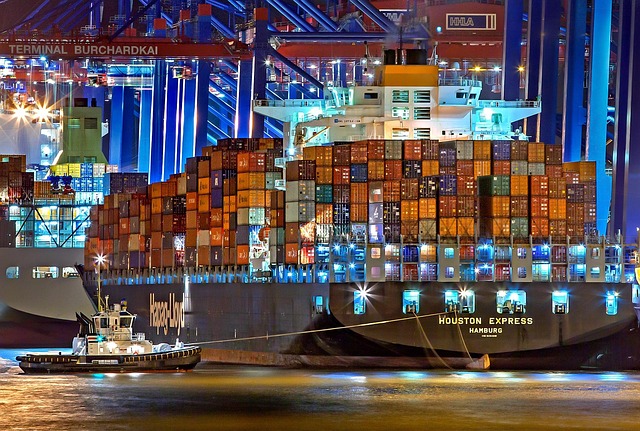

Landed Costs: From Accounting Metric to Strategic Decision-Making Lever
For years, landed costs were managed as a static accounting number. They were calculated once a year, based on standard costs or historical averages, mainly to value inventory and close the books.
In a relatively stable environment—where logistics costs and raw material prices moved slowly and predictably—this approach worked. The data wasn’t perfect, but it was good enough. Today, that’s no longer the case. Supply chains face:
- sudden, unpredictable surges in transportation costs,
- volatile exchange rates,
- geopolitical and health crises,
- and growing margin pressure.
In such an environment, relying on static landed costs is like flying blind.
The limits of static landed costs
Traditional landed cost calculations fall short in several ways:
- Too slow: extracting, cleaning, and consolidating data can take weeks. By the time the numbers reach teams, decisions are already made.
- Dangerous approximations: smoothing transport or fuel surcharges across the year hides real discrepancies. Some flows appear profitable but are actually loss-making, while others look unprofitable when they aren’t.
- Disconnected functions: finance, supply chain, and procurement each rely on different datasets. Teams don’t speak the same language and spend endless time reconciling figures.
The result? Fragile margins, misvalued inventory, and a blurred picture of profitability.
{{cta-1}}
Landed costs as a cross-functional indicator
Rethinking landed costs means turning them into a cross-functional business indicator serving every department:
- Finance: more reliable forecasts, better cash flow planning, accurate valuation of goods in transit.
- Supply chain: smarter trade-offs between transport modes, early detection of risks, inclusion of total landed costs in logistics decisions.
- Procurement: objective comparisons between suppliers and incoterms, including indirect costs.
- Sales: stronger pricing strategies and margin security upstream.
With a dynamic approach, landed costs are no longer just numbers. They become a shared decision-making lever.
Toward dynamic, real-time landed costs
The key is to connect landed costs to operational supply chain data.
That requires:
- automatically capturing freight, customs, and handling costs as operations unfold,
- applying parameterized rules (incoterms, contracts, supplier agreements),
- recalculating projected landed costs at each stage of the flow (supplier confirmation, actual departure, freight invoice, final receipt).
This way, landed costs evolve in real time. They reflect not outdated averages, but the precise reality of each flow.
A concrete example: JJA’s experience
JJA, a European leader in home decoration and equipment, used to calculate landed costs only twice a year. The process was heavy, approximate, and generated significant misalignment across teams.
By integrating Winddle, JJA was able to:
- automate landed cost calculations,
- gain 3–6 months of visibility,
- secure margins,
- and automate up to 98% of freight invoice validations.
The impact was tangible:
- +5% margin accuracy,
- stronger anticipation for sales and finance,
- and restored alignment across departments.
Conclusion
Landed costs are no longer just accounting numbers for stock valuation. In today’s volatile environment, they must become a strategic, shared, and dynamic decision-making tool.
👉 Want to see how to turn landed costs into a performance lever? Contact us for a Winddle demo.











